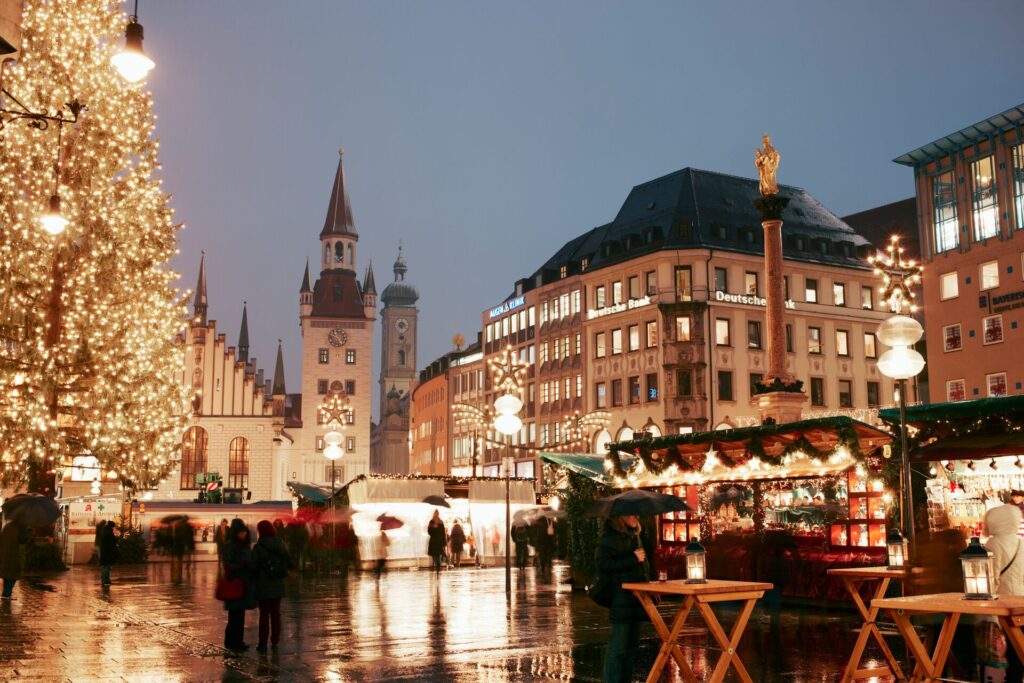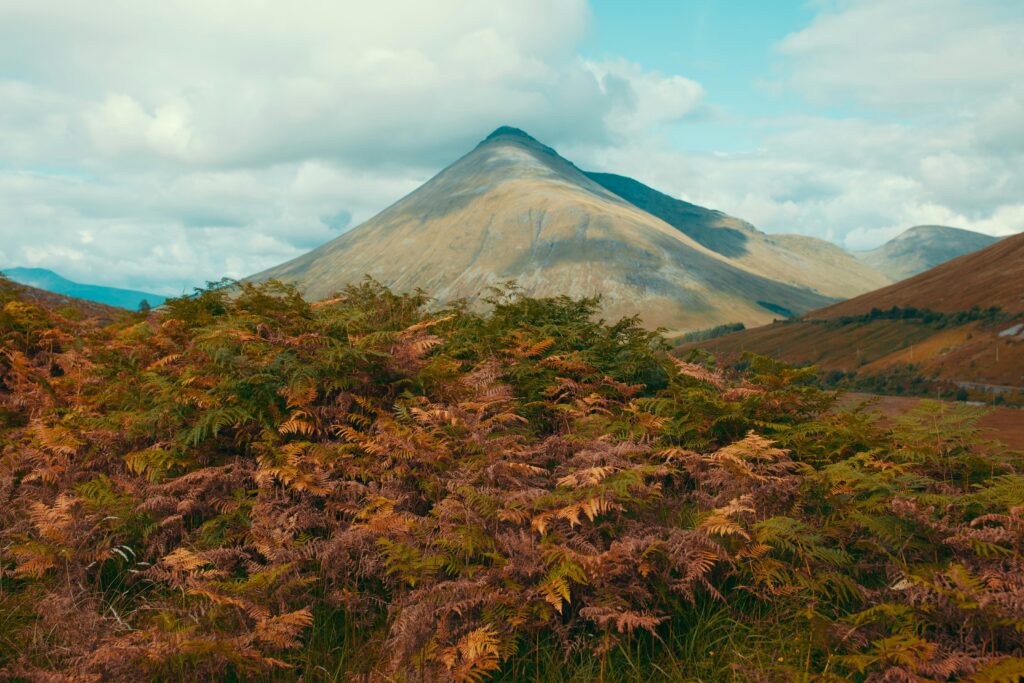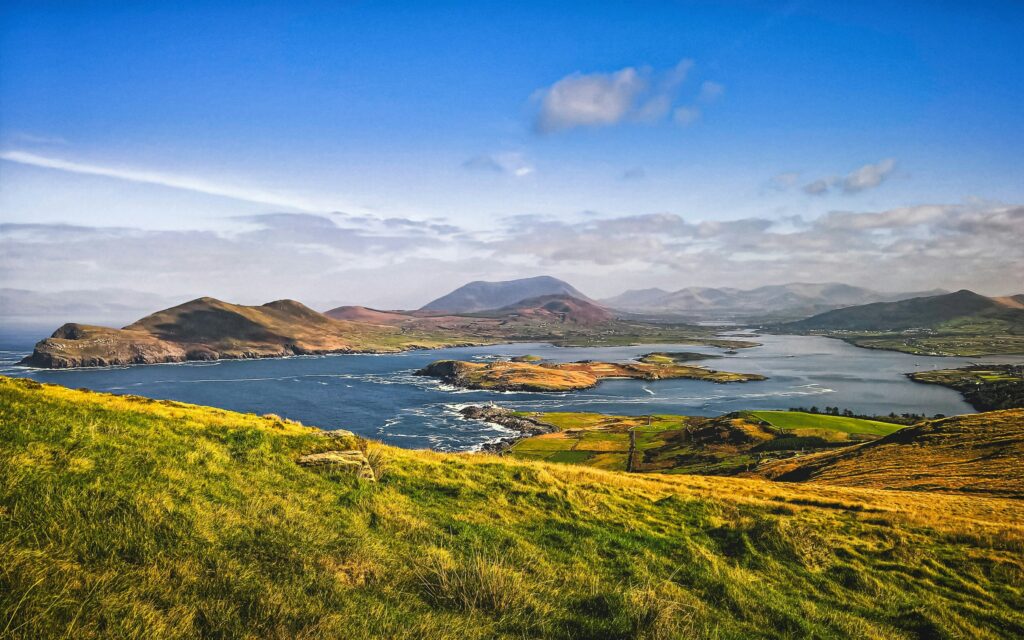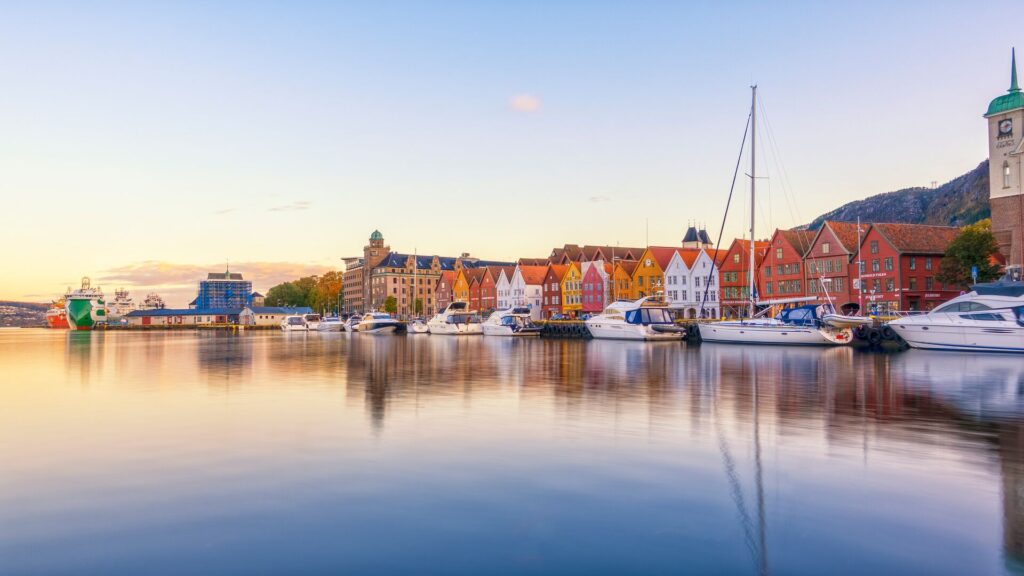Test your knowledge on Switzerland and other curious destinations around the world on our Insightful Travel Trivia Quiz. Play weekly for the chance to win fabulous prizes.
You may also like: Thinking Swisstainable: in conversation with destination expert, Pascal Prinz
WHAT’S THE HISTORY OF DOMAINE DUBOUX?
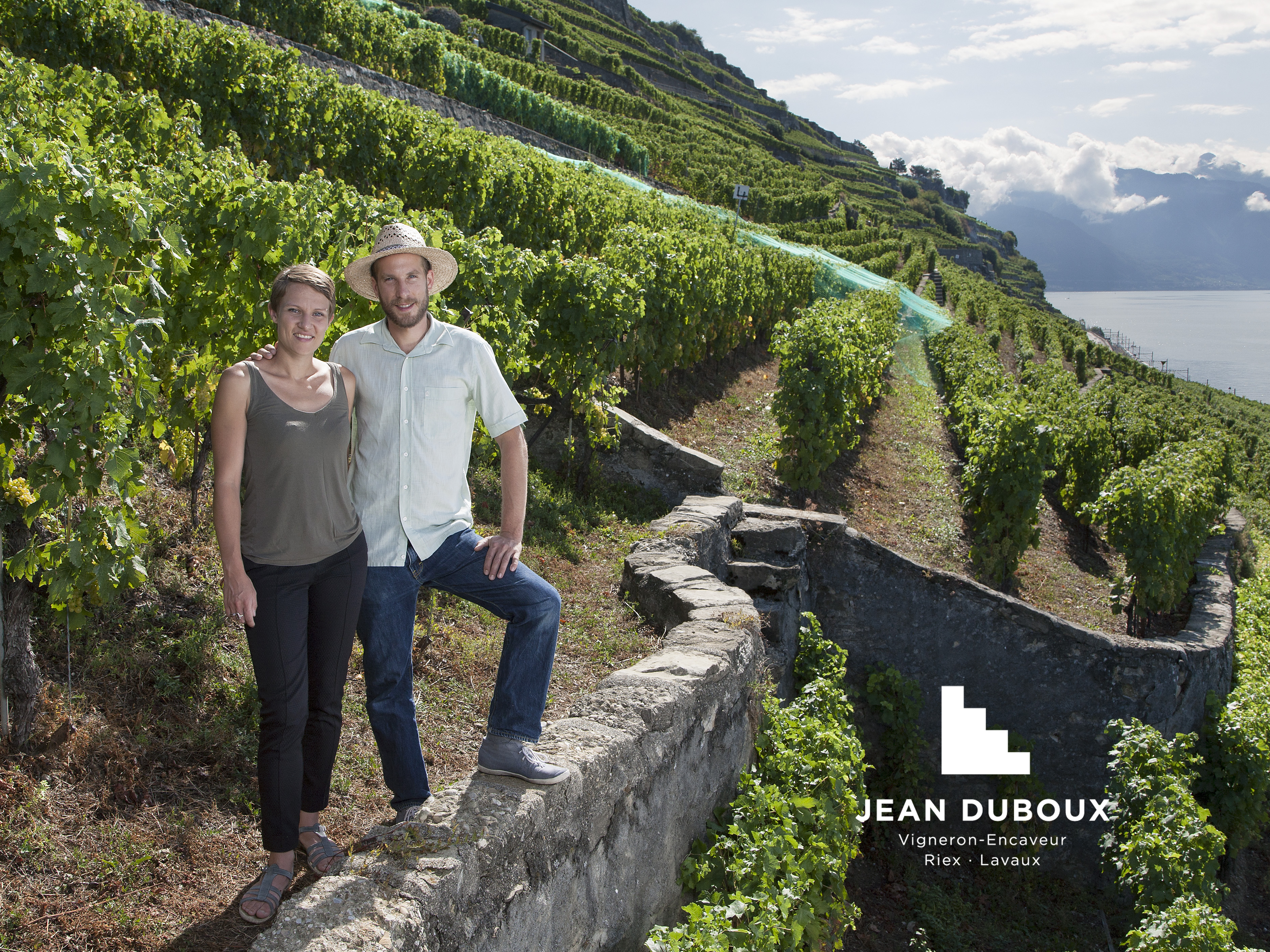
In the winery, we try to put as less products as possible inside our wine. During the process, we use only a little bit of sulphites just before bottling because it’s better for the quality of the wine. But we don’t use any more sulphites during all the process.
WHY DO OTHER FARMS DO THAT?
IF YOU DON’T USE SULPHITES, WHAT DO YOU DO TO COUNTERACT THIS BACTERIA?

YOU ARE ONE OF THE PIONEERS OF “INTEGRATED PRODUCTION”, OR ‘PRODUCTION INTÉGRÉE’. WHAT IS THAT?
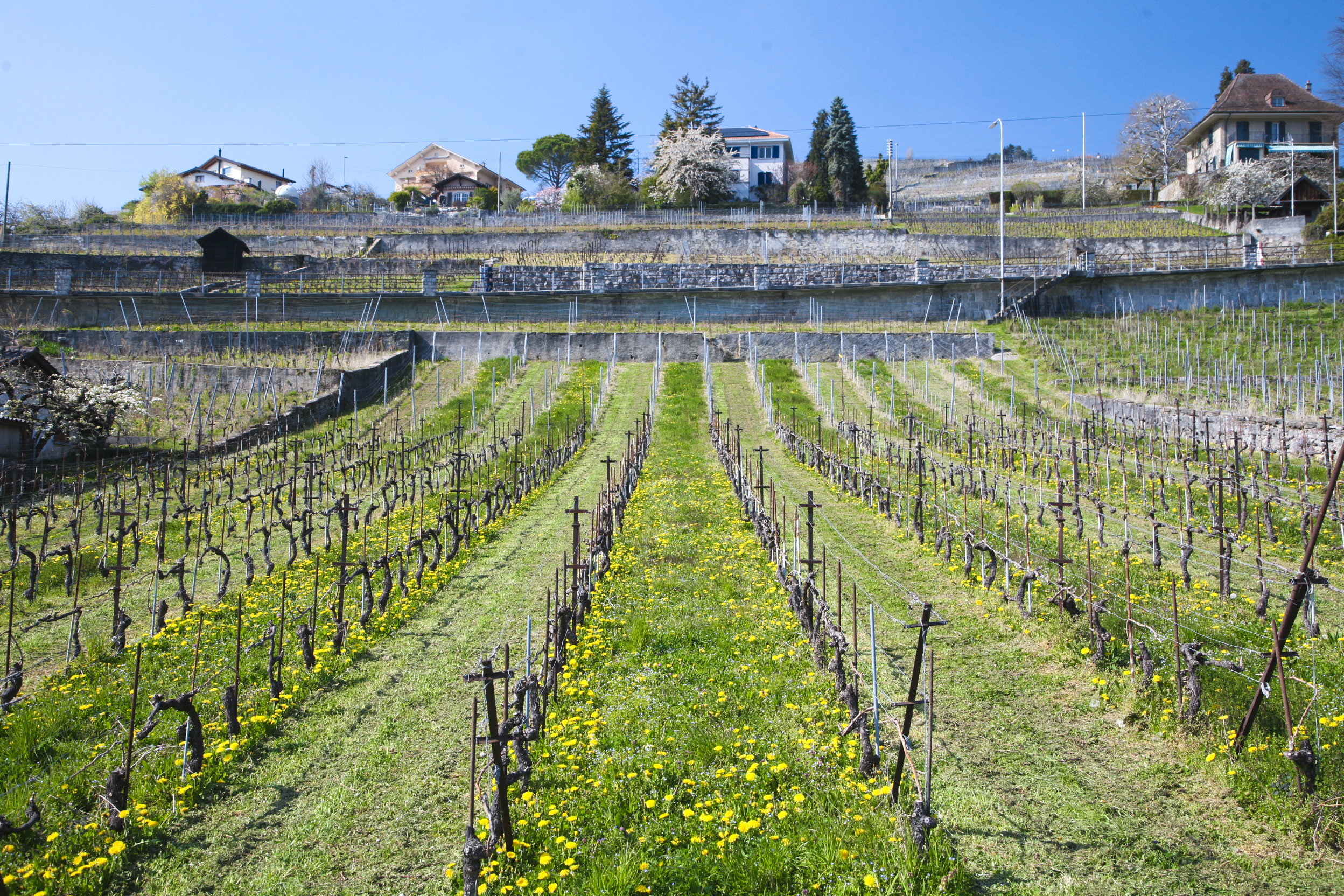
All the other winemakers eventually said ‘hmm, maybe that’s a good idea.’ They started doing the same, and now there is grass everywhere in the vineyards. So that’s quite great. Because it’s really good for the biodiversity. This is one of the best arguments for Integrated viticulture: the biodiversity. For example, we do alternative mowing: where we mow alternative rows and then we switch six week or eight weeks after. This way, with the flowers there is always somewhere for the birds, insects, and bees. Because if you mow everywhere, then there is no more space for the wildlife.
We have as well in our trees some houses for protected species of birds and bats. This year we also planted 12 different trees in our vineyard and we try to plant more every year. This is good for the biodiversity and as well for climate change. it’s gonna help us to get more fresh air and more water from the bottom of the soil, bringing it up to the vineyard. We also made a small hill with some stones to make a house for lizards and snakes, because we’ve got lots of protected species of lizards here. So it’s good for them because this way they’ve got a place to go during winters and summers.
You may also like: How Switzerland inspired our great literary figures
DO YOU THINK HAVING A SUSTAINABLE VINEYARD MAKES IT MORE DIFFICULT TO ORGANISE?

THE OTHER DOMAINES IN THE AREA – DO THEY DO THE SAME? OR IN SWITZERLAND? IS THIS IS THIS COMMON?
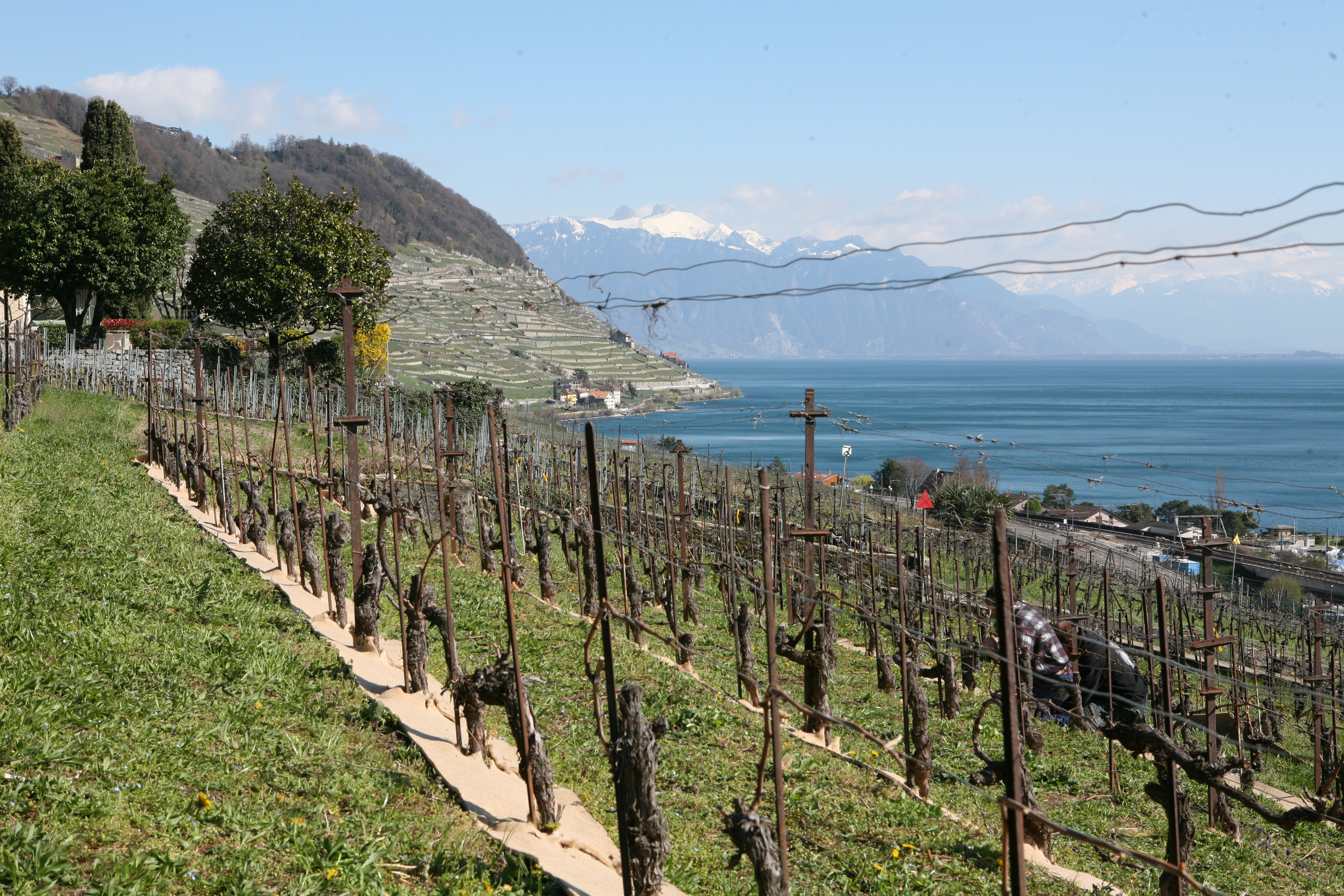
You may also like: 7 fascinating facts about Switzerland’s world famous glacier express
CAN YOU TELL ME A LITTLE BIT ABOUT WHAT YOU’RE PRODUCING AT THE MOMENT? I SEE YOU CULTIVATE PINOT NOIR, CHASSELAS…
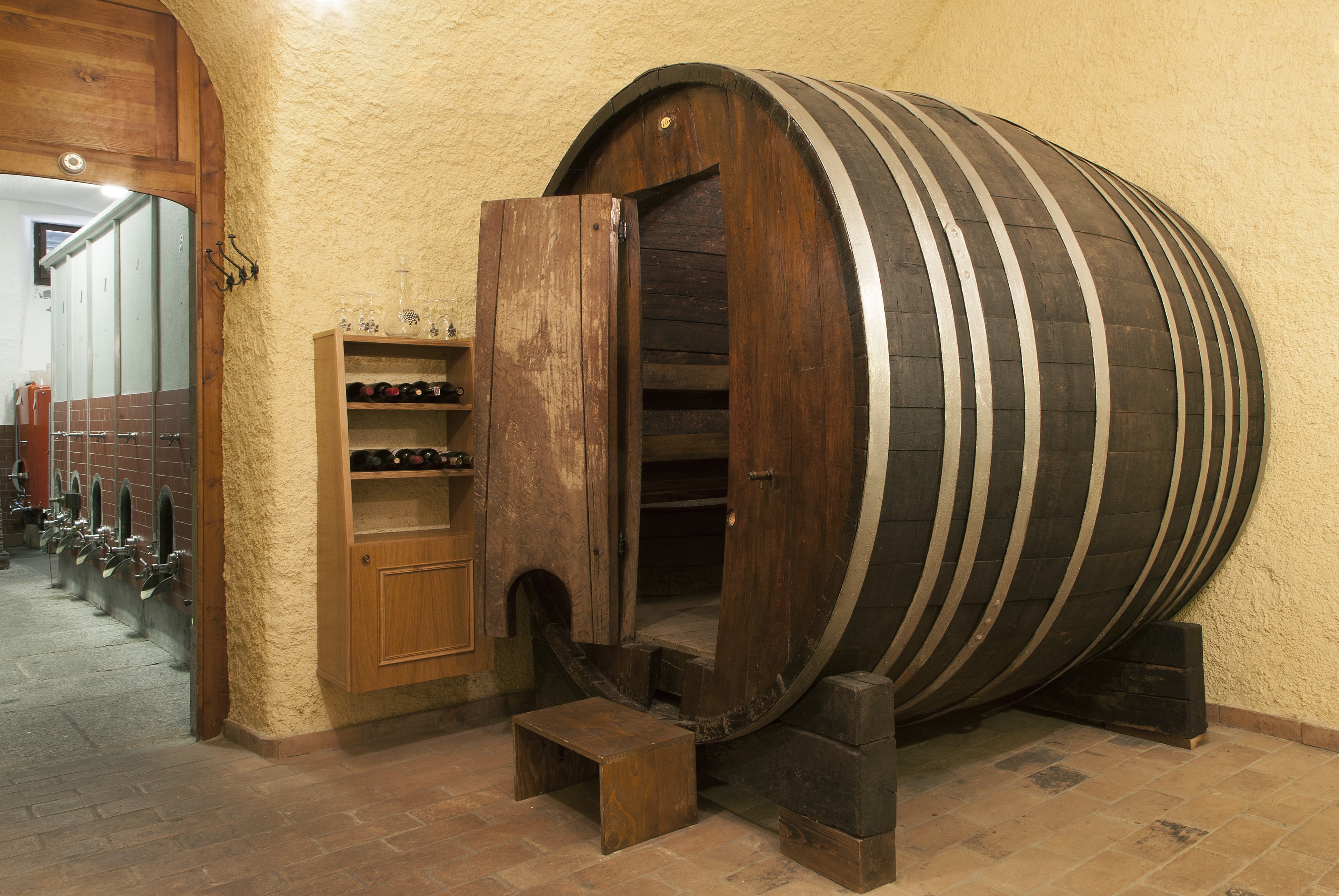
This is really good because we have different types of soil, different types of exposition to the sun, all which make different types of Chasselas. So we can make different wines, even if it’s the same grape variety. We do between four and six different Chasselas, as well as sparkling Chasselas. We also do some reds: a Pinot Noir and Gannett blend, a Syrah, and a Plant Robert, which is another great variety coming from this area.
THERE’S EVEN A WINE NAMED AFTER YOU, CONSTANCE EPHÉMERÉ
SO WHEN GUESTS VISIT, WHAT CAN THEY EXPECT TO DO?
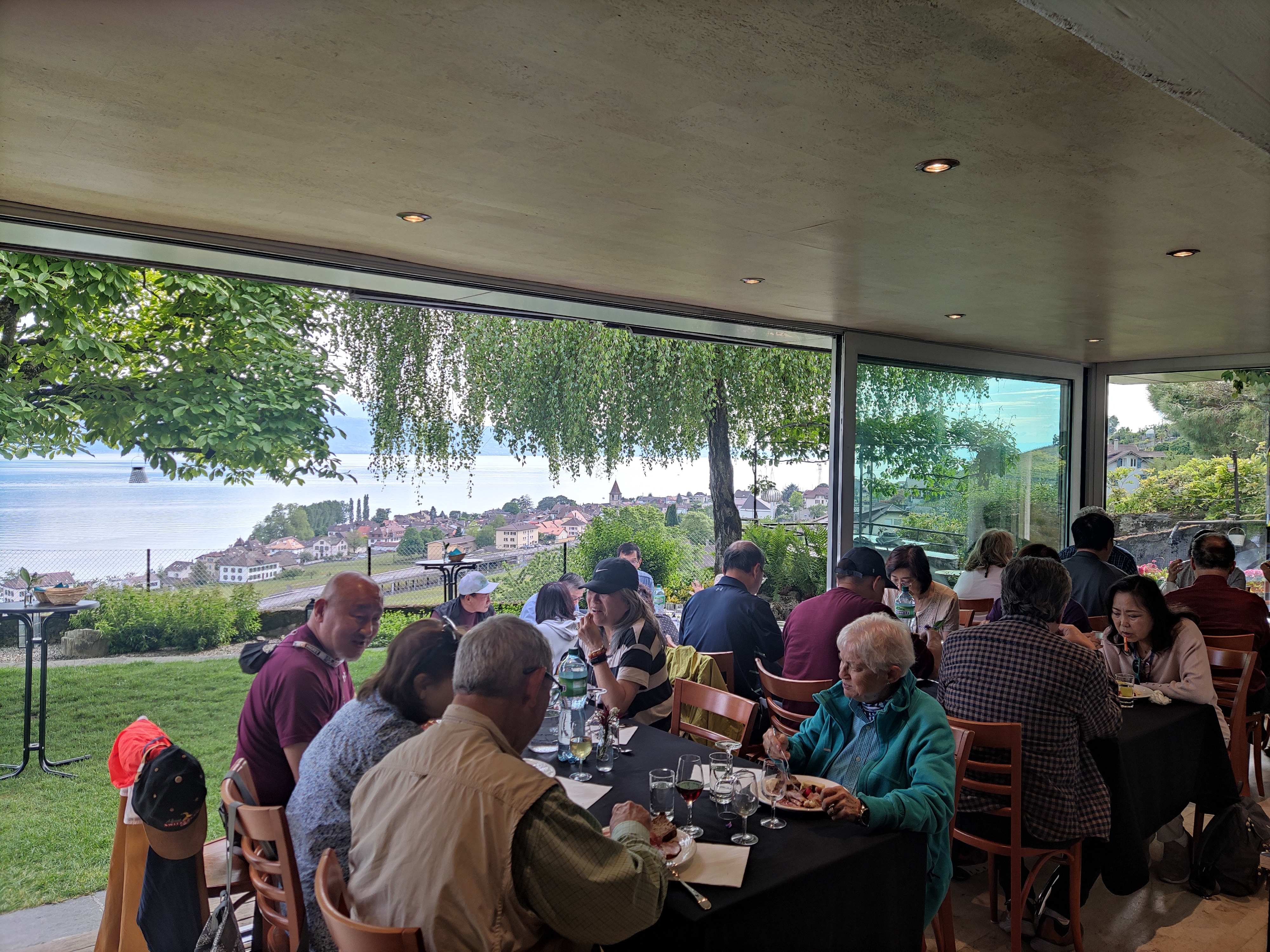
The other group comes with me in the cellar, and I explain how we make the wine. I show them a 150-years old barrel, which is really big and one of the first of the domaine. After, we switch the groups, so everyone can look through the vineyard and the cellar.
Then we come back all together in the caveau and we will have the farm-to-table dinner. It’s only with local foods – vegetables from the farm, or from the garden, with yoghurt sauce with some herbs from the garden. You’ve got some bread, some charcuterie from the butcher, and three different types of cheese. Swiss cheese, of course. Then the dessert: cream and sugar pie and apple or pear pie from the factory, and then a coffee or tea.
You may also like: Insight presents: a special surprise from the heart of Switzerland
CONSTANCE, THANK YOU FOR YOUR TIME
Visit Constance at her domaine on the Country Roads of Switzerland
